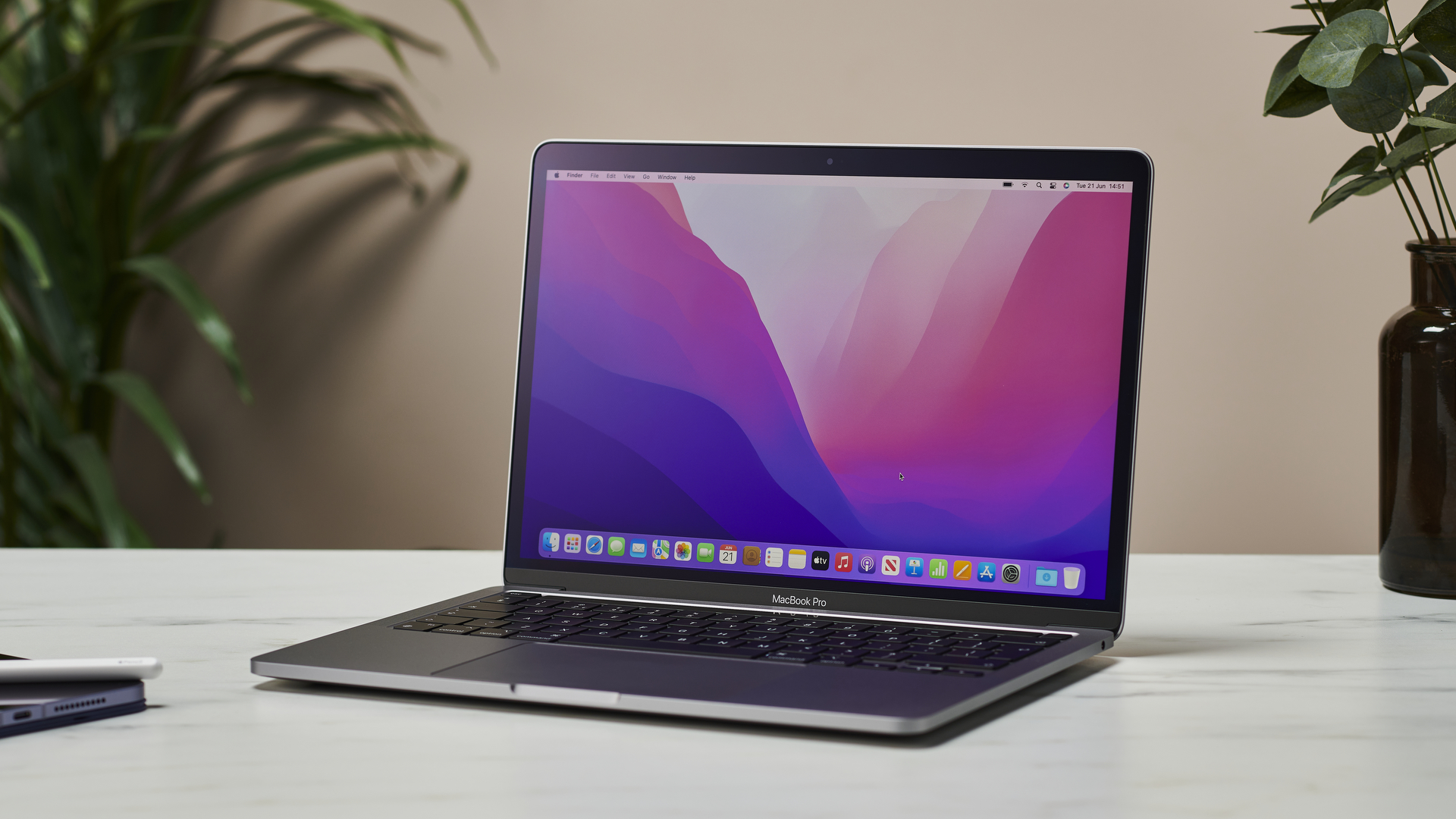Let’s be honest: we’re all seriously pumped about the new MacBook Pro, powered by the second generation of Apple Silicon. The M2 chip is a veritable powerhouse, with excellent performance and efficiency, comfortably outperforming the previous-generation M1 (though not the M1 Max and M1 Ultra) in just about every area.
But if you’re considering purchasing the entry-level 13-inch M2 MacBook Pro – which comes equipped with a 256GB SSD – you might want to think twice. YouTubers Max Tech (opens in new tab) and Created Tech (opens in new tab) have run comparison tests between the base models of the M2 and M1 MacBook Pro, and found that the M2 version’s SSD was actually slower; significantly slower, as it turns out.
Max Tech ran the Blackmagic Disk Speed Test, a common benchmark for testing storage speed on macOS devices. Alarmingly, the M2 MacBook Pro’s SSD was revealed to be slower than the M1 version in both read and write speeds, with reading speeds being a whopping 50% slower, while write speeds came back at around 30% worse. Here are the exact speeds recorded:
- 256GB M1 MacBook Pro Read Speed: 2,900 MB/s
- 256GB M2 MacBook Pro Read Speed: 1,446 MB/s
- 256GB M1 MacBook Pro Write Speed: 2,215 MB/s
- 256GB M2 MacBook Pro Write Speed: 1,463 MB/s
Why is the M2 model so much slower? Cracking open the chassis reveals a key difference between the M1 and M2 256GB MacBook Pro; while the M1 version used two 128GB NAND chips running in parallel, the new model features just a single 256GB chip.
The dual-NAND format allows the chips to reach higher speeds, hence the gulf in performance between the two models. It’s not clear why Apple altered the design, but the most likely explanation is that using a single NAND chip reduces manufacturing costs. Higher-spec models of the M2 MacBook Pro with more storage appear to be unaffected by the drop in speed.
Analysis: is this a real problem for the M2 MacBook Pro?
It’s worth noting that the recorded speeds on the M2 MacBook Pro’s 256GB SSD are still pretty damn fast, comfortably outstripping HDD storage (or 2.5-inch desktop SATA SSDs). For anyone who isn’t transferring large files around on the regular, this hopefully won’t be a huge issue.
Still, it’s important to remember that MacBooks are able to use SSD space as ‘virtual RAM’ when the laptop’s actual RAM is at 100% usage, so the performance ceiling of the 256GB M2 model will be a bit lower than the more expensive versions. If you run memory-intensive programs, this could lead to a noticeable drop in performance. The quiet change is a bit disingenuous of Apple, especially since early review units of the M2 MacBook Pro all featured the unaffected 1TB SSD.
The 13-inch 256GB M2 MacBook Pro will cost you $1,299, but higher-spec models start from $1,499. It’s no small jump in price, but springing for a larger SSD could be a smart option if you think the slower speeds might affect you. It’s also unknown at this point whether the upcoming 256GB model of the new MacBook Air will be affected.





